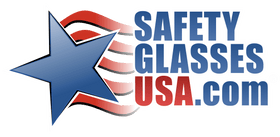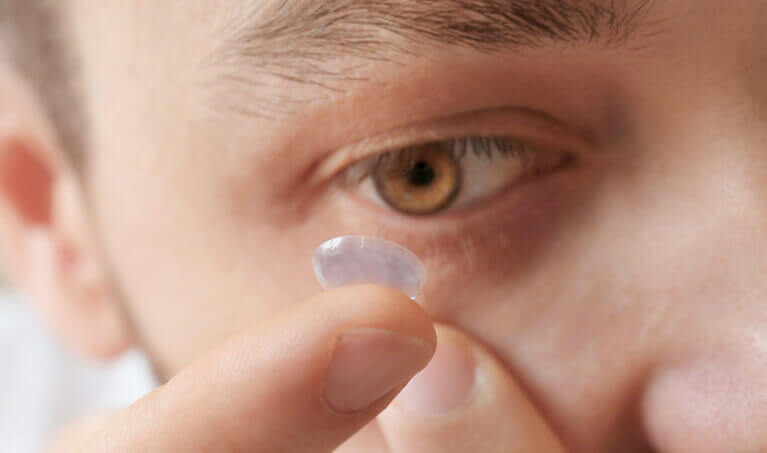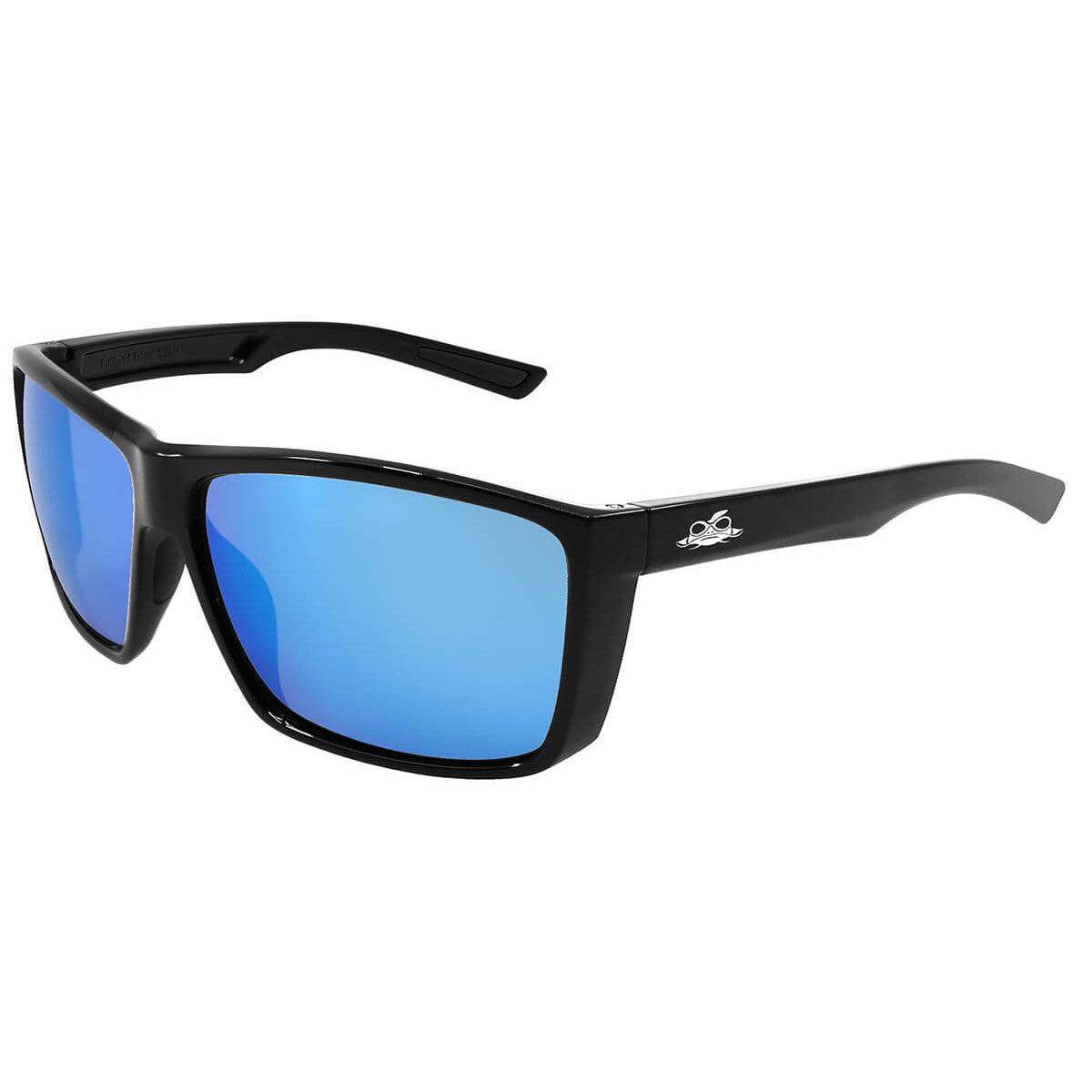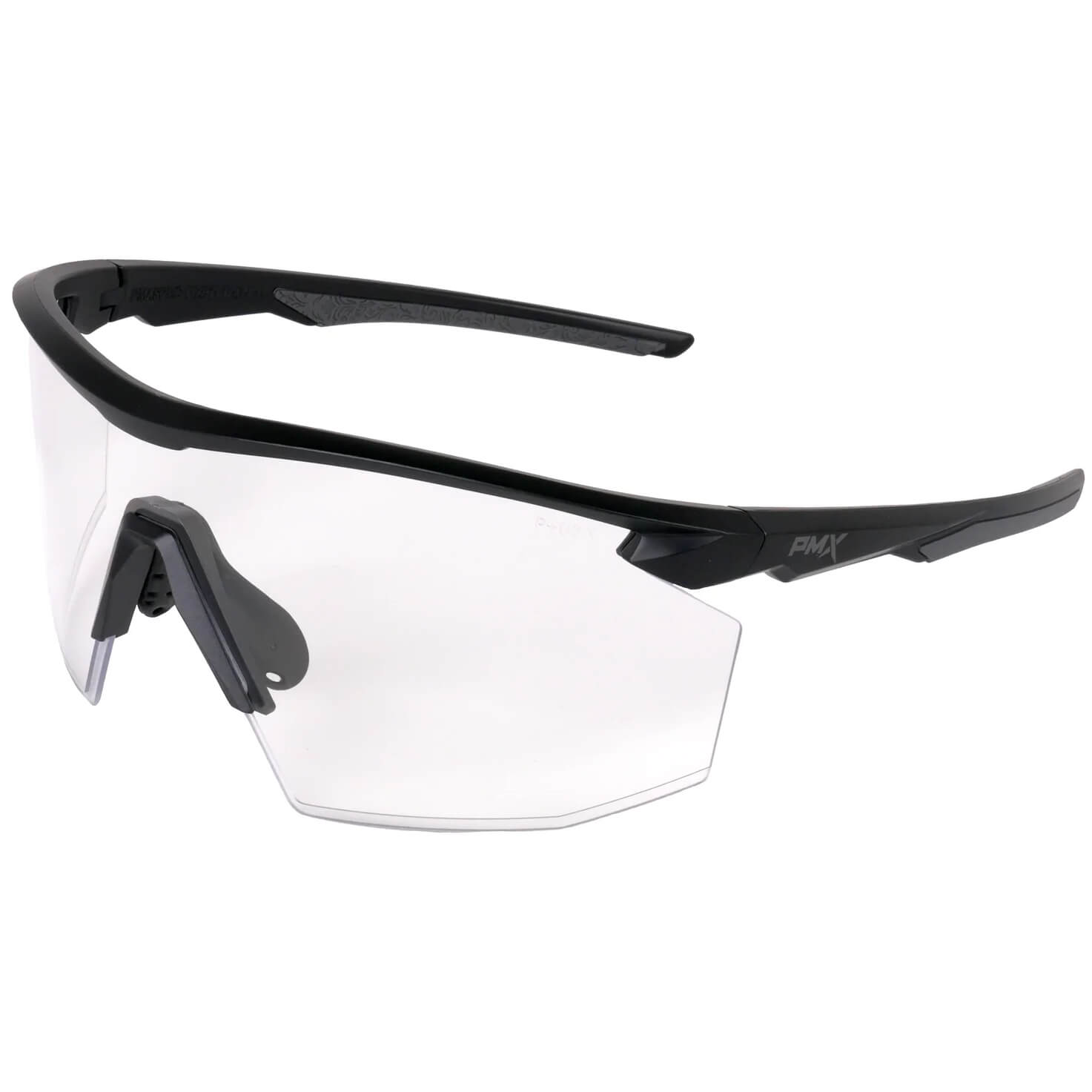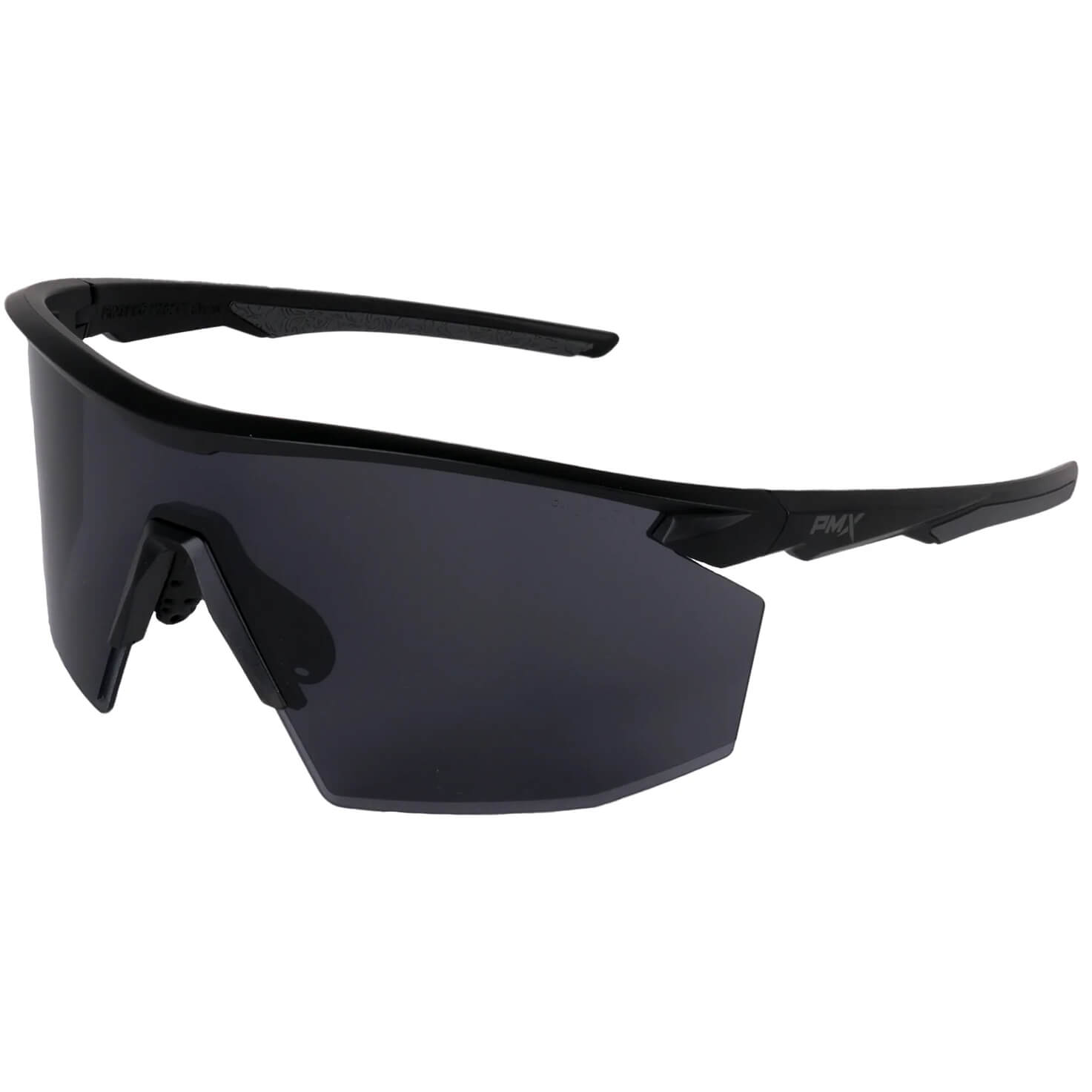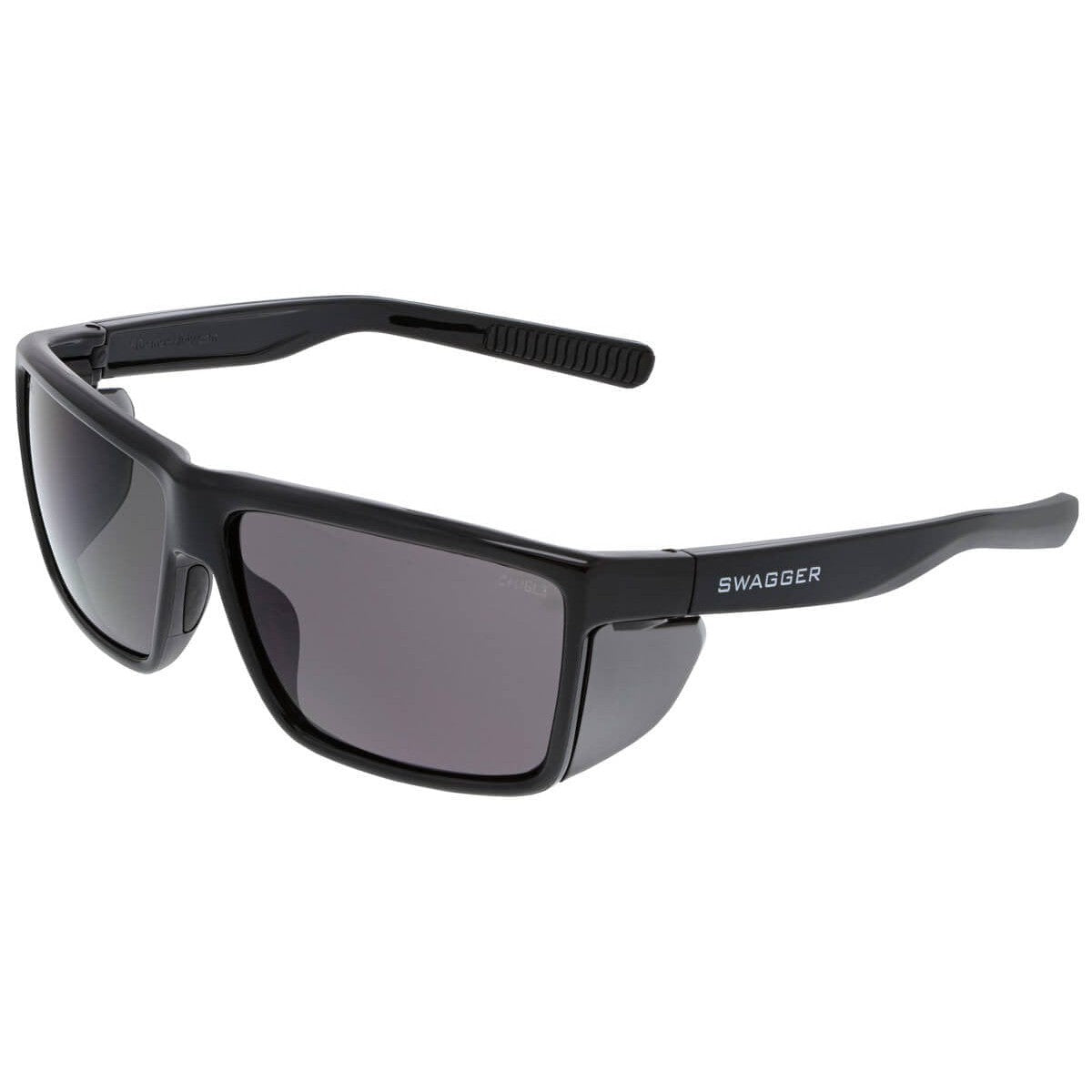About 45 million people in the U.S. wear contact lenses. Many people believe they’re more comfortable and provide better vision than prescription glasses. While wearing contacts is acceptable in most work environments, even in industrial environments, certain precautions are necessary to avoid discomfort or injury. The care tips below will help ensure wearing your contacts won’t create a safety hazard while you’re at work.
Contact Care Tips for the Workplace
The following tips can not only help prevent workplace hazards, but they will also make overall contact wear safer and more comfortable.
- Take proper care of contacts. Even the smallest dust, dirt, or other particle under your contact lens can scratch your cornea and cause severe injury or infection. Diminished vision, discomfort, and the inability to wear contacts for an extended time are real possibilities if you don’t take proper care of your contacts.
- Avoid rubbing your eyes. Especially when something is in it, don’t rub your eyes. Instead, let your tears naturally flush out the particle. You can also irrigate your eye with artificial tears or saline solution.
- Listen to your eye care specialist. The proper wear and care for contacts are crucial for eye health and for contact effectiveness and comfort. Following the instructions given by your eye doctor is the best way to keep your eyes healthy.
- Have a backup plan. Keep a pair of eyeglasses handy just in case your eyes cannot tolerate your contacts because of a scratch or other irritant. This ensures good vision at all times and also allows the eyes to recover if irritated.
- Have an extra pair. Keep an extra pair of contacts handy in case the ones you’re wearing become damaged. Sometimes a fresh pair is all you need to keep your vision clear and your eyes healthy.
- Wear personal protective equipment (PPE) when required. This is good advice not just for contact wearers but for everyone. Safety glasses and goggles protect your eyes from impact hazards. Plus, specific lens tints help reduce eye fatigue.
- Remove contacts if exposed to chemicals. Flush your eye right away in hopes that the contact will wash out. Then, seek medical attention. Note that flushing eyes after chemical exposure is necessary whether an individual is wearing contacts or not.
- Keep artificial tears handy. Contacts can often become dry, and artificial tears can be helpful to use regularly. Read the package label carefully to understand the proper use of artificial tears. Make a habit of putting in artificial tears right before putting in contacts. Not only does this feel good on the eye but doing so is a great way to ward off dry eye problems.
- Inform others. Make sure your coworkers know you wear contacts. This helps ensure proper safety procedures are followed if an accident occurs.
- Replace contacts as needed. A common mistake many contact wearers make is wearing contacts for longer than prescribed (e.g., not taking them out at night) and failing to dispose of contacts when needed (e.g., wearing daily wear contacts for a couple of weeks). Doing either of these increases the possibility of your contacts becoming a vision hazard.
- Know situations that put you at increased risk. Environments where chemical splash is a higher risk may not be appropriate for wearing contacts. In addition, hot and dry environments may also cause problems for those wearing contacts. Be aware of the environment in which you work and decide if wearing contacts in those situations is a good idea or if another option is necessary.
Under normal circumstances, contacts can be worn safely for individuals working in an any environment. The key is to both take care of your contacts, a concern since up to 90% of contact wearers do not follow proper lens care instructions, and adhere to workplace safety standards. If you follow the above tips and your doctor’s recommendations specific to you, wearing contacts in the workplace – or most other places, for that matter – should not be a problem.
